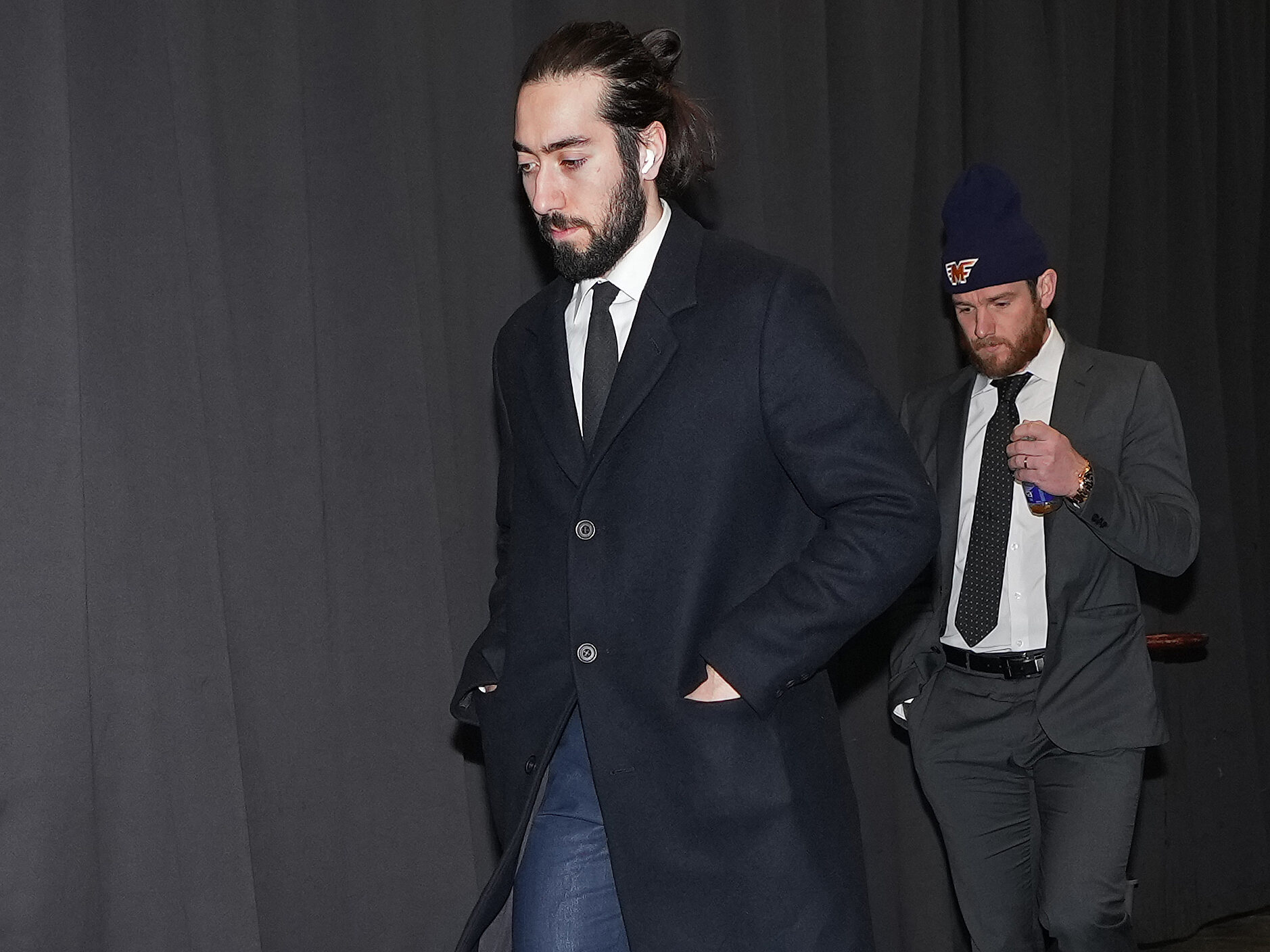Rangers set to face several changes as NHL, NHLPA near new CBA agreement
The days of the New York Rangers walking into Madison Square Garden dressed in tailored suits and ties could soon be a thing of the past. As part of a new labor deal between the NHL and NHL Players’ Association (NHLPA), a proposed change would eliminate the League’s long-standing dress code starting in the 2026-27 season — a change that will cause debates in a sport where tradition runs deep.
That is just one element of a broader Collective Bargaining Agreement (CBA) framework the League and players’ union are working to get done, with a public announcement possible as soon as Friday ahead of the 2025 NHL Draft. NHL Commissioner Gary Bettman confirmed Wednesday that the two sides are closing in on an agreement that would extend the current CBA by four years, carrying through the 2029-30 season.
For those unaware, the CBA is essentially the agreement that governs everything from player salaries and contract lengths to health benefits, scheduling, rules, and travel. The current agreement, signed back in 2013 and extended during the COVID-19 pandemic in 2020, is set to expire in September 2026.
“This whole process has been trending positive.” Bettman said following the Board of Governors meeting in Las Vegas, where he gave as what he describes as a “quite extensive” update on the negotiations, “The relationship is in a great place. (NHLPA head) Marty [Walsh] and I have a terrific relationship. We don’t always agree on everything, but it’s constructive and professional. And so, I think things are good.”
The two sides are not ready to begin the formal ratification process just yet, as one final issue remains unresolved. Once an understanding is reached, both the Board of Governors and the NHLPA’s representatives will need to vote on it before it becomes official.
Reports state that changes could indicate an expanded regular season, new limits on loopholes, adjusted contract term limits, and updates to players benefits and rights.
Related: Dysfunctional Rangers focused more on ’emotional sh–‘ than playing hockey last season: Michael Peca
Biggest changes Rangers can expect with new CBA
Dress code no more

One change that’s likely to spark plenty of debate is the elimination of the NHL’s League’s long-standing dress code, which would go into effect starting in the 2026-27 season. Hockey is the only one of the four major American sports that requires players to wear suits on game days, and many fans feel it seperates hockey players from the rest — making them look professional and classy.
It’s a noticeable difference, especially for teams like the Rangers, when the MSG walk-ins have almost become a fashion show. From Henrik Lundqvist’s designer fits to Artemi Panarin’s flashy style or Mika Zibanejad’s classic look, the MSG hallway often doubles as a runway. The change will open the door for self-expression, something we see in the NBA and NFL all the time, but new territory for a league built on tradition.
Scheduling & structure
Another major change coming in the new CBA is the expansion of the regular season from 82 to 84 games, starting in the 2026-27 season. For the Rangers, that means a more balanced schedule — and more games against division rivals. With the League now at 32 teams, the new format would have the Rangers play four games against every Metropolitan Division opponent, three against teams in the Atlantic, and two against every Western Conference club. That fixes the issue in the schedule where the Rangers only saw two division opponents three times a year.
To help manage the added games, the preseason would be cut down to four games, and veterans with over 100 NHL games of experience would only be allowed to appear in two of them. It gives younger players more preseason reps, and lessens the wear and tear on more established players.
Contract limits & LTIR changes
The new CBA would also bring changes to contract limits, reducing the maximum deals moving forward. Extensions would be capped at seven years instead of eight, and unrestricted free agents would only be able to sign for a maximum of six years, down from the current seven. For a team like the Rangers with several key players either approaching the end of their contracts or due for an extension, the timing of these implications could be important.
Artemi Panarin is set to hit free agency in 2026, just before the new limits kick in. That means the sides would need to act fast if an eight-year extension is on the table, though that’s highly unlikely since Panarin will be 34 at that point. Braden Schneider is another name to watch. He’ll be an RFA in 2026 under the new rules, and the Rangers would lose the ability to lock him up for eight years unless a deal is reached beforehand.
The League is also planning to part ways with the deferred salary structures, a tactic used to spread cap hits out over time. Also, a new playoff salary cap system is expected to limit how teams use the long-term injured reserve (LTIR) loophole to stack rosters before the Stanley Cup Playoffs.
Player rights & benefits
Another change is that teams would retain the rights to unsigned draft picks until that player turns 22, regardless of whether they’re playing in the NCAA, CHL, or overseas.
Another interesting addition would introduce full-time Emergency Backup Goalie (EBUG) positions. And off the ice, players would get expanded health insurance and post-career support, while playoff bonuses are set to double.
